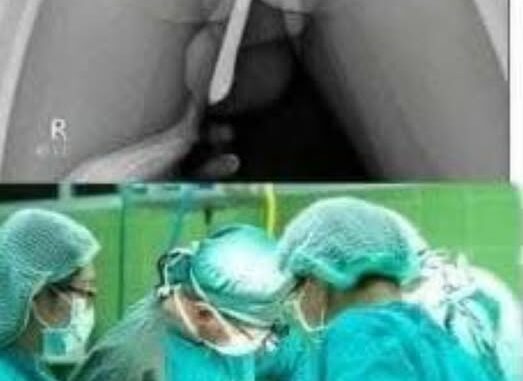
Girl was hospitalized
Last night, I used my girlfriend’s phone and saw an open article titled “Blowjob tips for small penises.” I laughed it off at first, thinking it was meant to improve our sex life. But later, I felt deeply insecure.
When I asked if she thought I was small, she said, “You said it yourself, you’re on the smaller side.” Then admitted I was the smallest she’d been with—but “the best.” Still, it stung. I’m 5.5″ with decent girth, but my tall, broad build makes it look smaller, which has always made me self-conscious.
We had a good night overall, but I couldn’t shake the feeling. This morning, I still felt distant and explained it to her. She apologized, but I’m struggling to move past it.
UPDATE:Thanks for the support. We ended things in February—unrelated to this—but on good terms. I’ve worked on myself, gone to therapy, hit the gym, and feel better than ever. I’m in a good place now and hopeful for the future.
A Woman’s Large Breasts Indicate That Her Vagin…See more
This image is a digital painting or stylized artwork depicting a couple sharing an intimate moment.
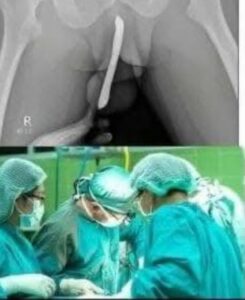
The artwork is characterized by warm tones, predominantly shades of yellow, orange, and brown, creating a cozy and passionate atmosphere.
This image is a digital painting or stylized artwork depicting a couple sharing an intimate moment.
Don’t Underestimate It: Recognizing the Early Signs of Oral Can… 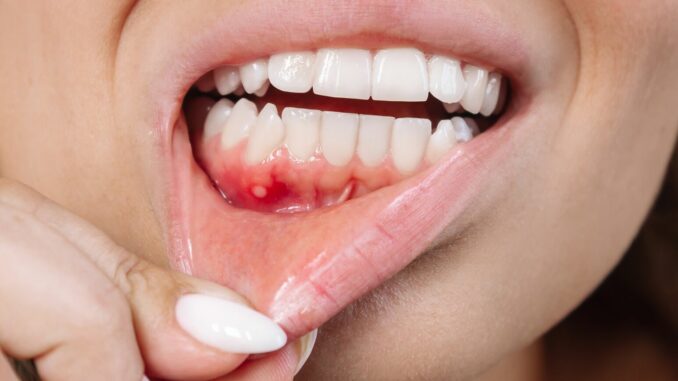
Oral cancer, also known as mouth cancer, can develop in various parts of the mouth, including the lips, tongue, cheeks, gums, and the roof or floor of the mouth. According to the American Cancer Society, early detection of oral cancer significantly improves the chances of successful treatment. Unfortunately, the initial signs are often subtle and easy to overlook, making awareness crucial for early intervention.
This article highlights key early symptoms of oral cancer, based on information from trusted medical sources, to help you recognize when it may be time to consult a healthcare provider.
1. Persistent Sores That Don’t Heal
A mouth sore that does not heal within two weeks is one of the most common early signs of oral cancer. According to the National Cancer Institute, these sores may occur on the lips, gums, or inner lining of the mouth. Initially, they might not cause pain, but they should not be ignored, especially if they persist without clear cause.
What to do: Any sore that lasts longer than two weeks without signs of healing should be evaluated by a dentist or doctor.
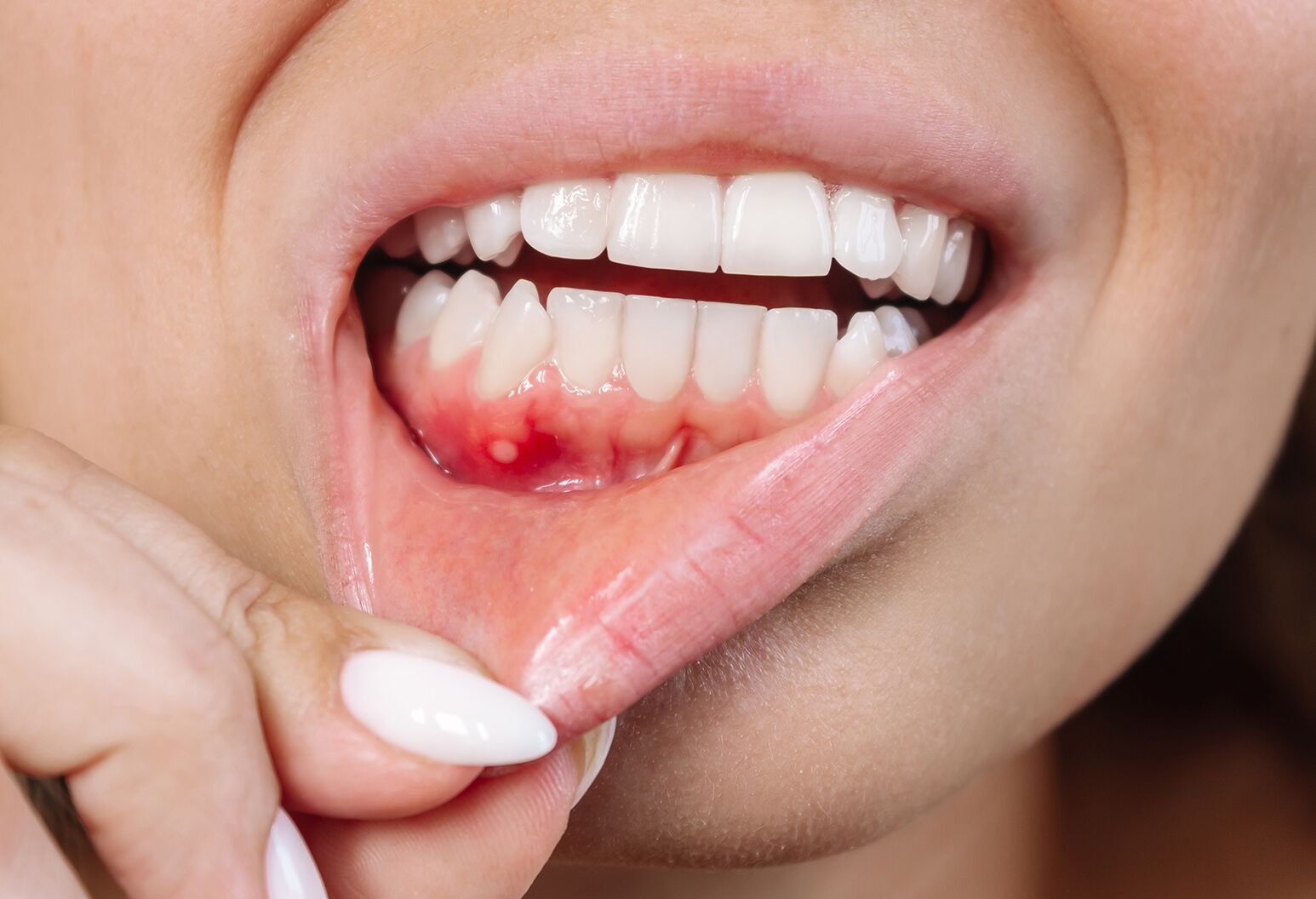
2. White or Red Patches Inside the Mouth
Color changes in the mouth’s soft tissues can be an indicator of abnormal cell growth. These include:
Leukoplakia: White patches that cannot be wiped away. According to Mayo Clinic, these may develop from chronic irritation and sometimes lead to cancer.Erythroplakia: Red, velvety patches that may be more concerning. These areas are often more likely than leukoplakia to contain precancerous or cancerous cells.Mixed lesions: Some areas may present as a combination of red and white patches.
What to do: If you notice discolored areas in your mouth, especially if they persist or spread, schedule a professional evaluation.

3. Unexplained Bleeding in the Mouth
Bleeding that is not caused by injury or brushing may signal something more serious. While occasional bleeding from gums can occur due to poor oral hygiene or gum disease, persistent or unexplained bleeding should be checked.
What to do: If the bleeding is recurrent and not linked to brushing or trauma, talk to your dentist or doctor for further evaluation.
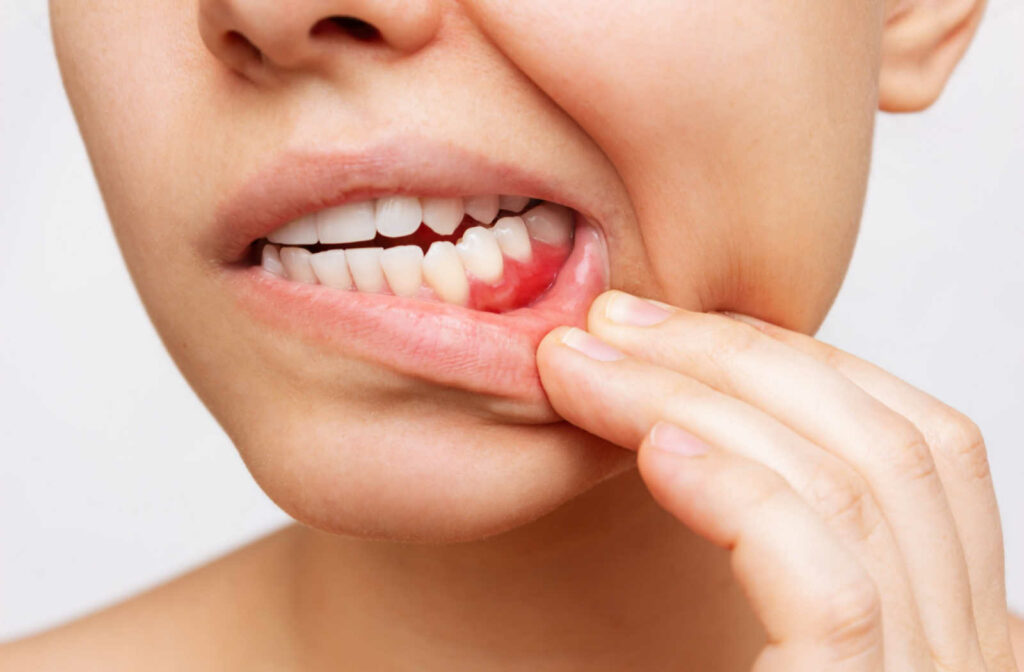
4. Lumps, Thickened Areas, or Rough Patches
According to the CDC, the presence of a lump or thickening in any part of the mouth, tongue, or throat should be taken seriously. These may be painless at first but can grow over time. Uneven or rough areas on the gums, cheeks, or under the tongue can also be a sign of abnormal tissue development.
What to do: Any new growth, bump, or change in the texture of your mouth should be examined by a dental or medical professional.
5. Numbness or Pain in the Mouth or Lips
Persistent numbness, tingling, or pain—especially if it occurs without obvious cause—may indicate changes in nerve function due to a growing lesion. The American Dental Association notes that sensory changes in the lips, tongue, or chin area should not be ignored, especially if they continue over time.
What to do: If you notice any loss of sensation or ongoing discomfort in your mouth or face, seek medical guidance.

6. Difficulty Chewing or Swallowing
Discomfort while eating or a feeling of something stuck in the throat may indicate a lesion affecting the throat or esophagus. Difficulty moving the jaw or tongue can also signal an underlying issue. According to the World Health Organization, early-stage head and neck cancers—including oral cancer—can present with swallowing or speaking difficulties.
What to do: If swallowing, chewing, or moving the jaw becomes uncomfortable or painful, consult a healthcare provider for evaluation.

7. Persistent Bad Breath
While bad breath (halitosis) can be caused by poor oral hygiene, persistent odor that doesn’t improve with brushing or mouthwash may indicate deeper issues. In some cases, underlying infections or tissue changes in the mouth can lead to chronic bad breath.
What to do: If bad breath is constant despite good hygiene and dental care, bring it up at your next dental or medical appointment.

Risk Factors for Oral Cancer
Understanding your risk factors can help prioritize early detection. According to the American Cancer Society and CDC, these include:
Tobacco use (cigarettes, cigars, pipes, chewing tobacco)Heavy alcohol consumptionHuman papillomavirus (HPV) infectionExcessive sun exposure (linked to lip cancer)Age over 40Poor nutrition
If you fall into one or more of these categories, regular oral screenings are even more important.
Importance of Regular Screenings
Early detection plays a vital role in improving outcomes. The Mayo Clinic recommends that individuals visit their dentist regularly, as dentists are trained to spot early signs of oral cancer during routine exams.
Tip: Dental checkups at least twice a year provide a valuable opportunity to catch potential issues early—often before symptoms become more severe.
When to Seek Medical Advice
Any of the following symptoms lasting more than two weeks should prompt a professional evaluation:
Sores or patches in the mouthLumps or unusual growthsPersistent pain, numbness, or bleedingDifficulty swallowing or chewingUnexplained bad breath
You can start with your primary care provider or dentist, who may refer you to an oral surgeon or specialist for further testing if needed.
Conclusion
Oral cancer can be treated more effectively when detected early. Many of its initial signs are painless and subtle, which is why awareness and regular checkups are essential. Paying attention to persistent changes in your mouth—such as sores, discoloration, or discomfort—can make a life-saving difference.
By staying informed and proactive about your oral health, you not only improve your well-being but also increase the chances of early diagnosis and successful treatment.
Trusted Sources:American Cancer SocietyMayo Clinic – Oral Cancer SymptomsWorld Health Organization – Oral HealthNational Cancer InstituteCenters for Disease Control and Prevention – Head and Neck Cancer